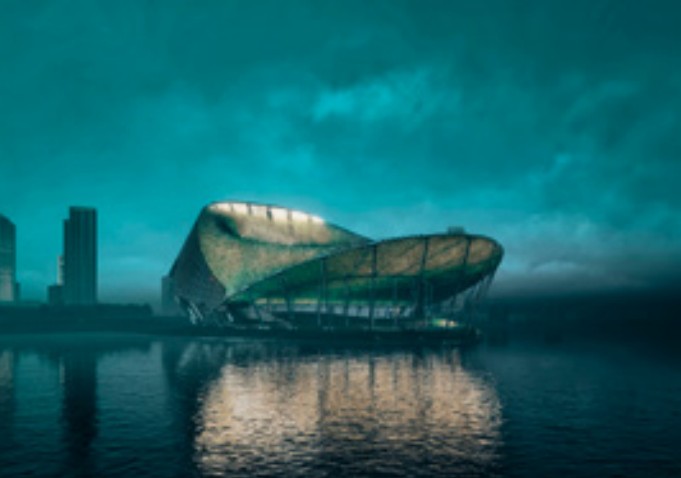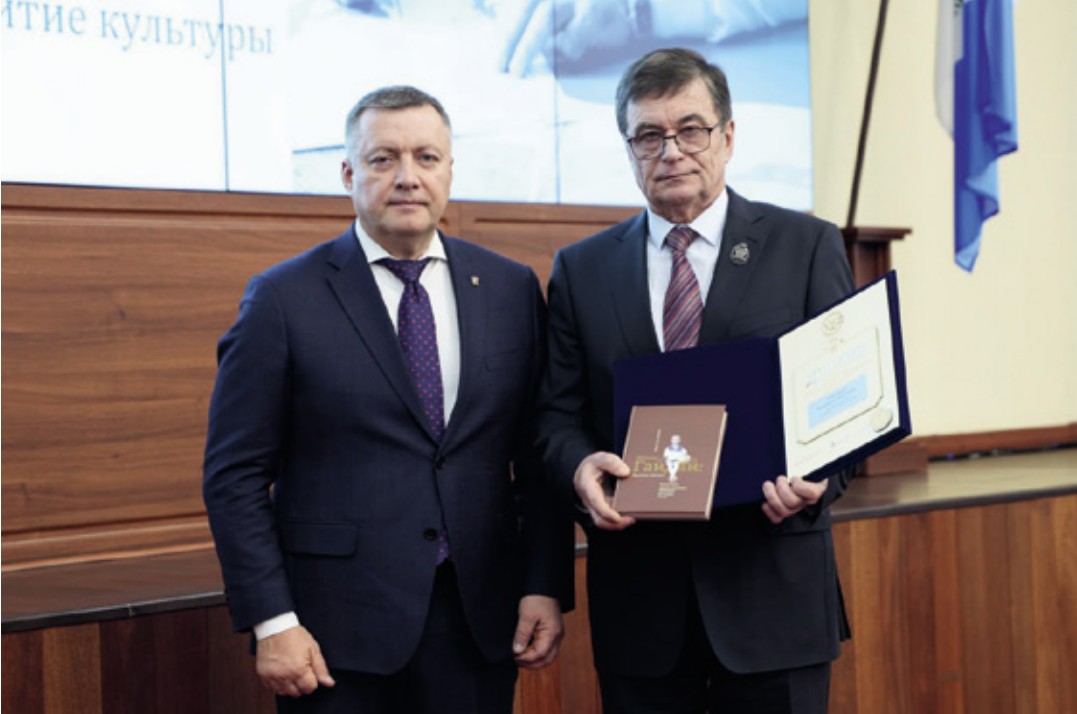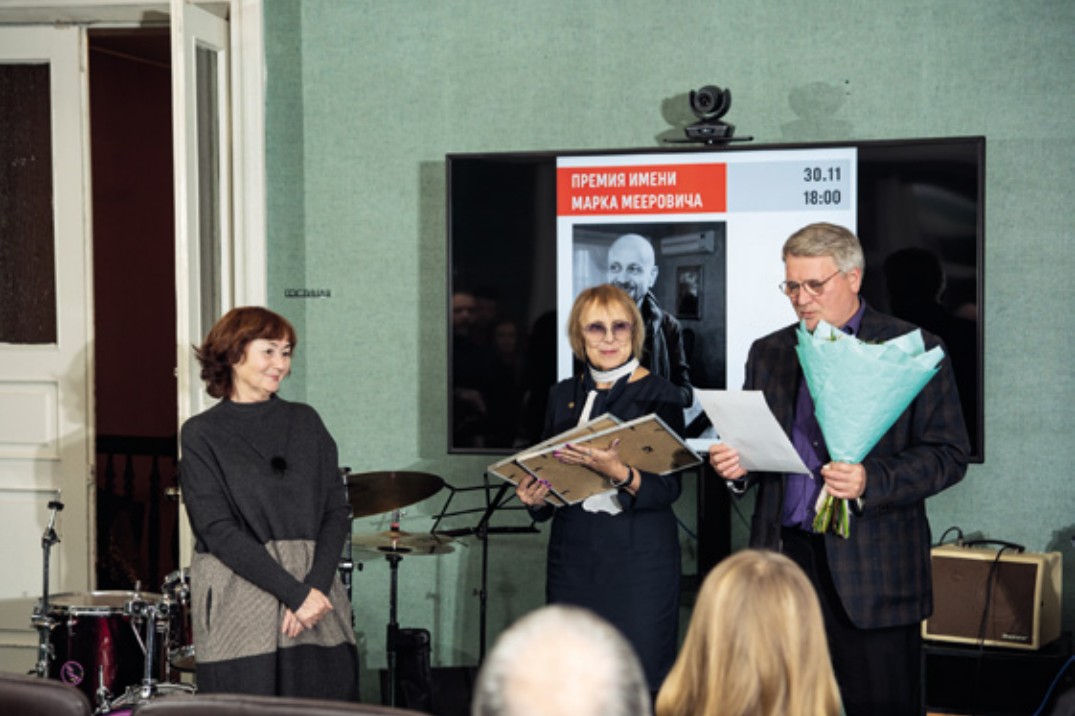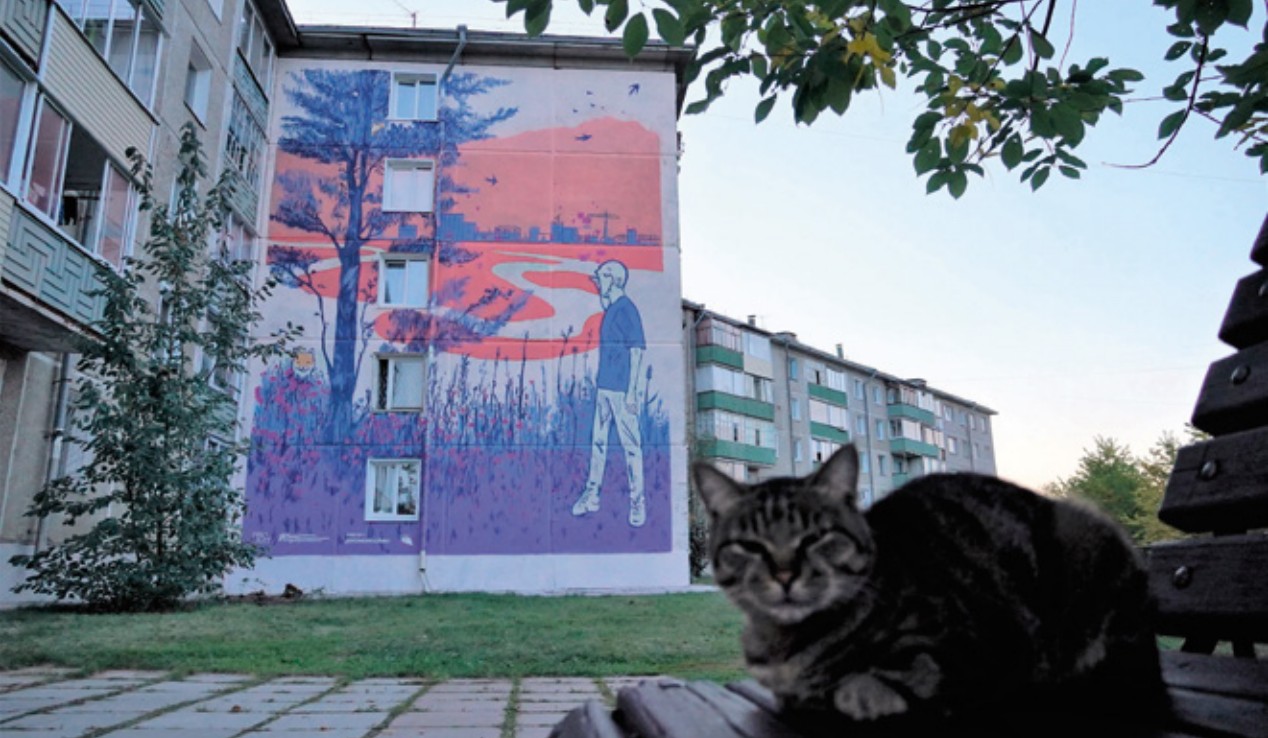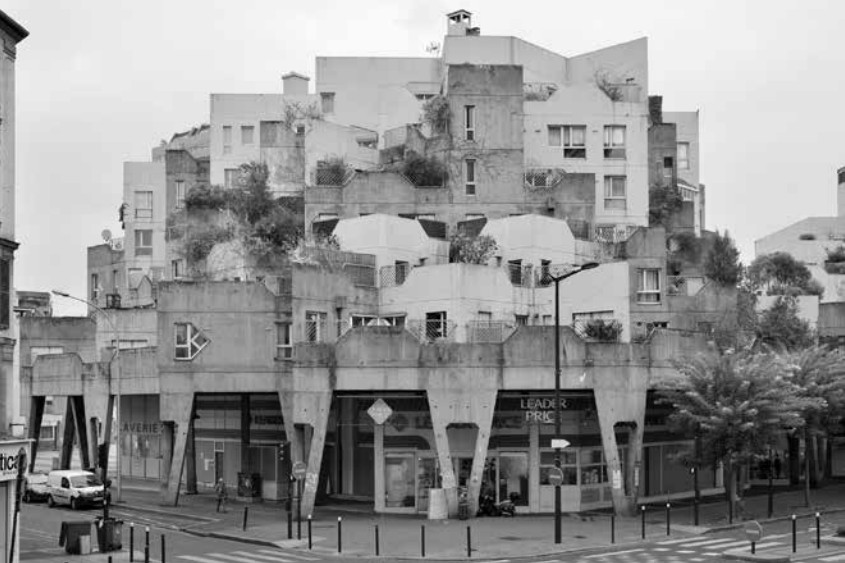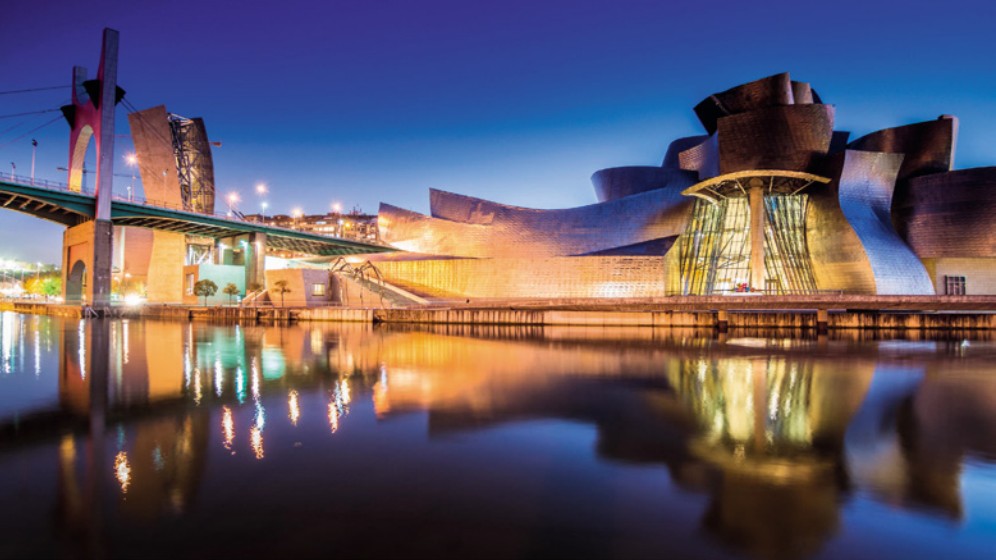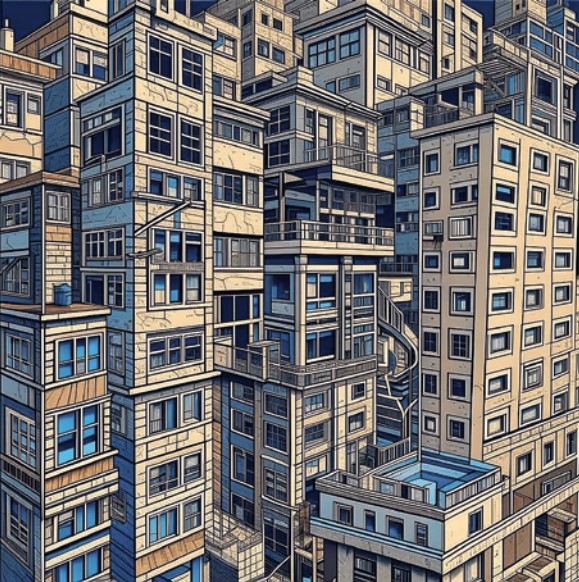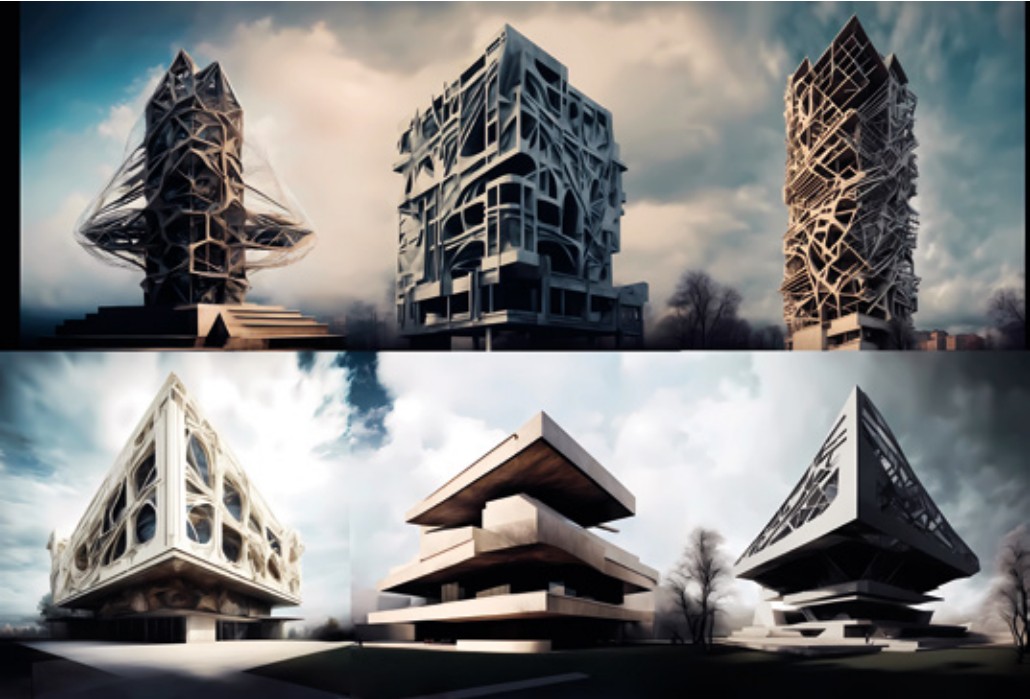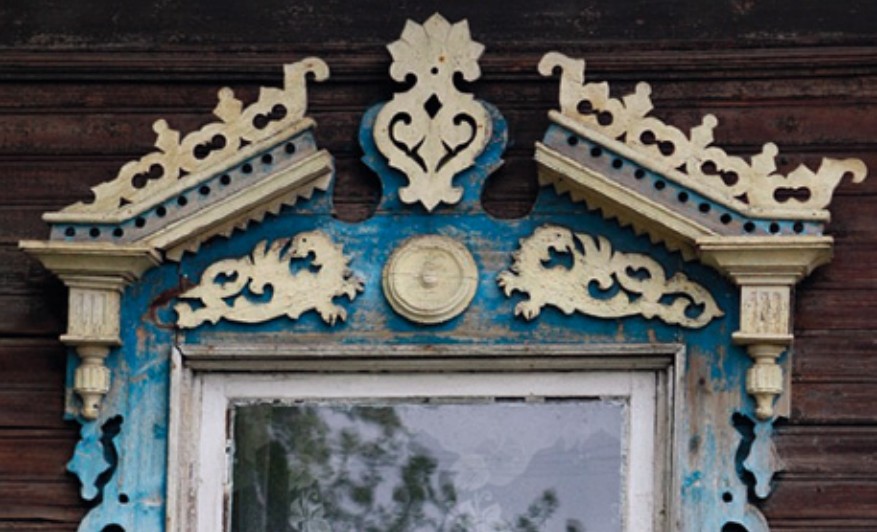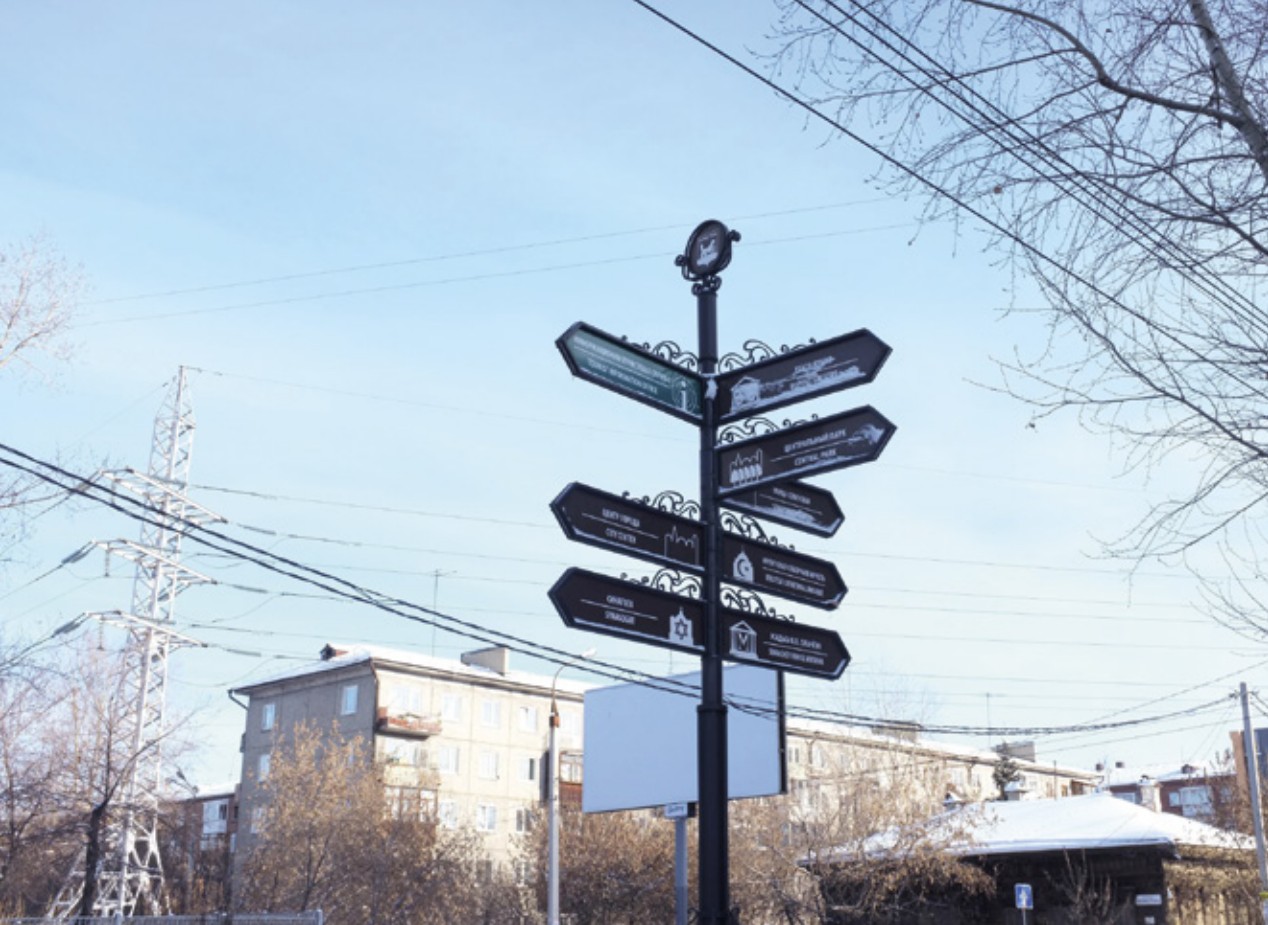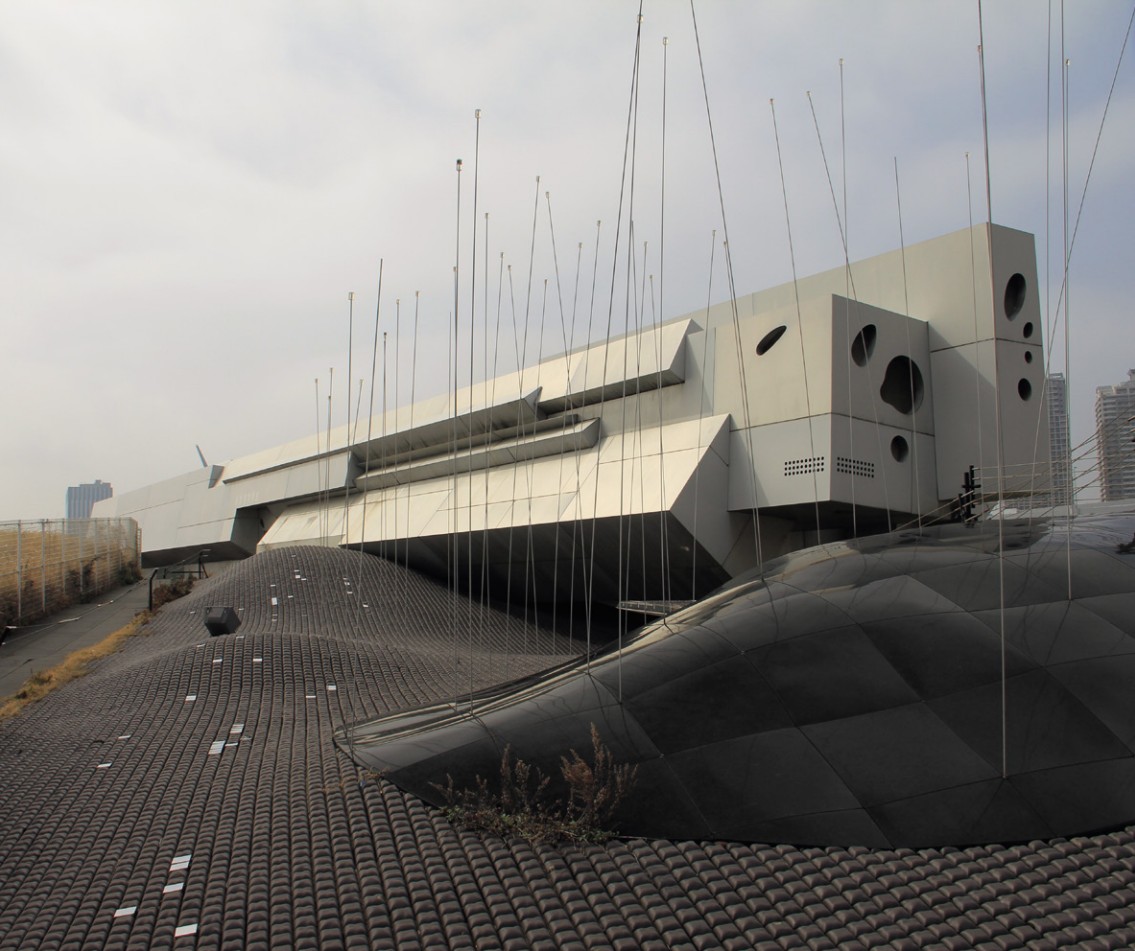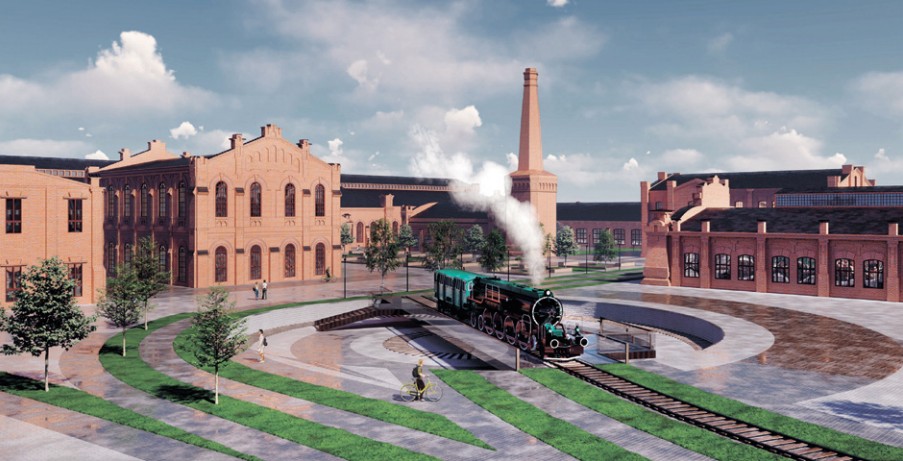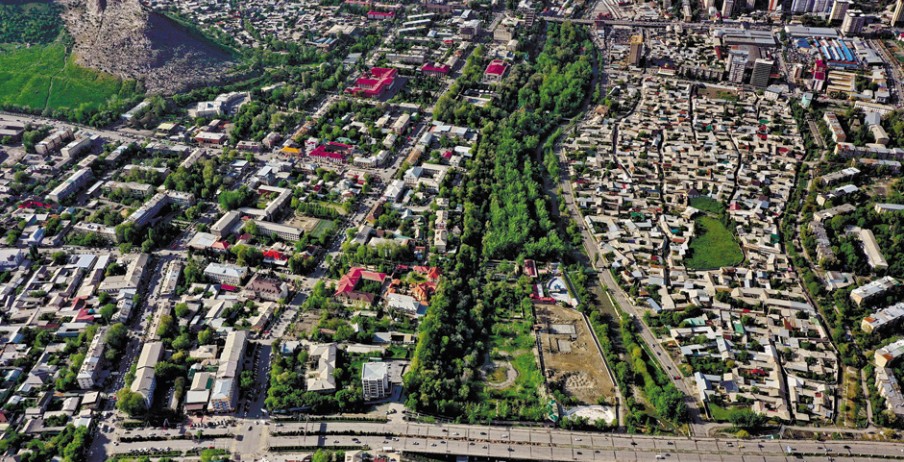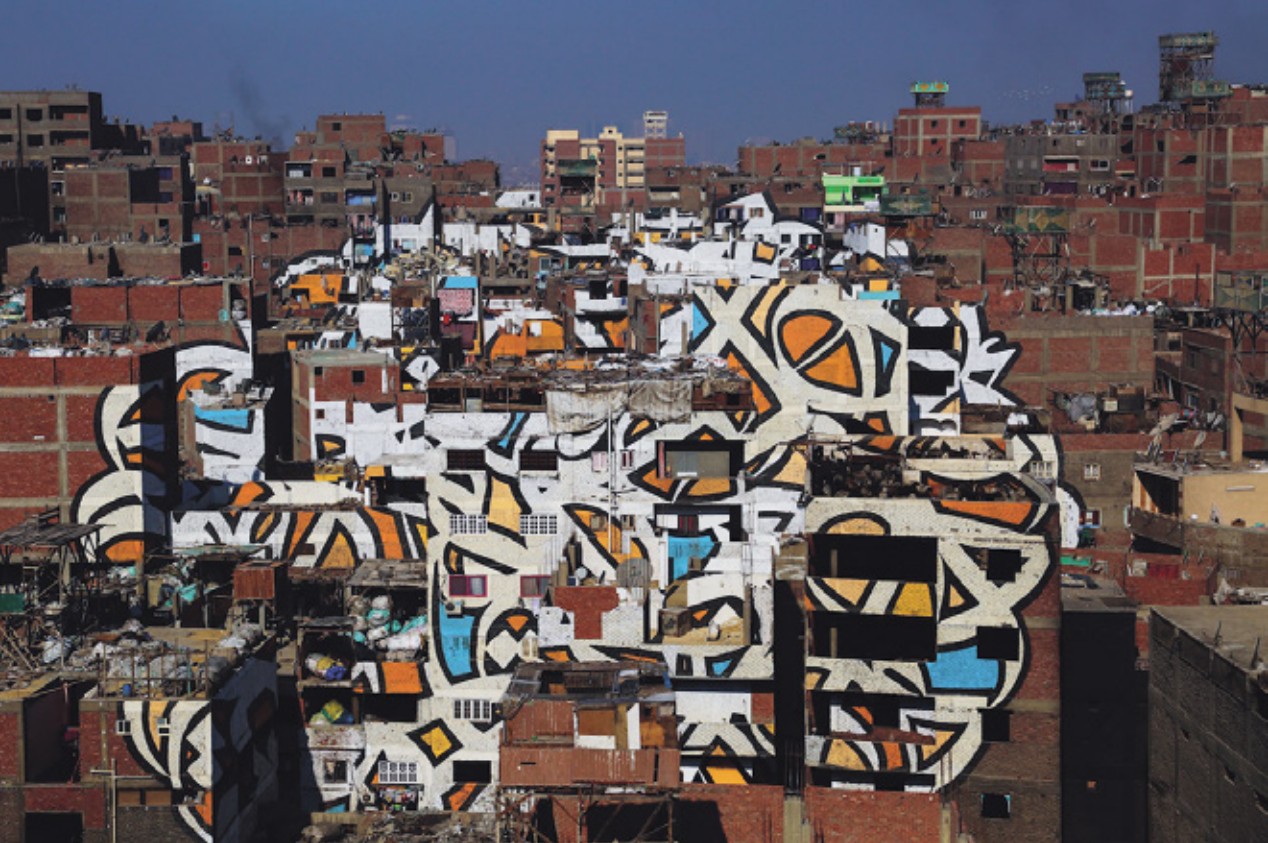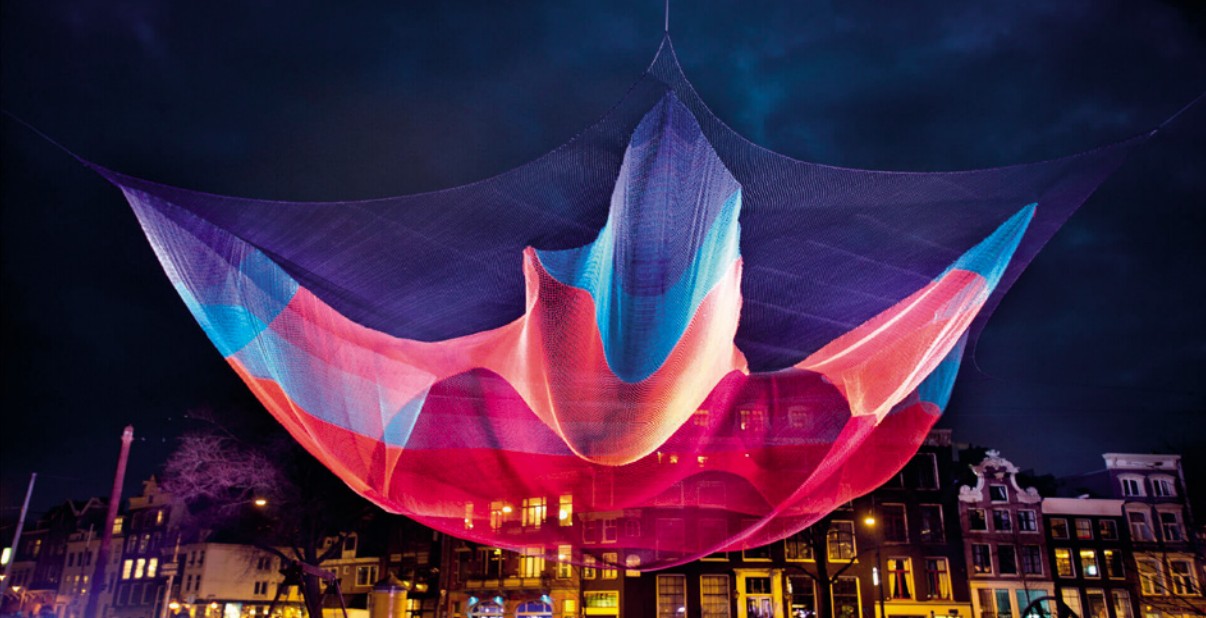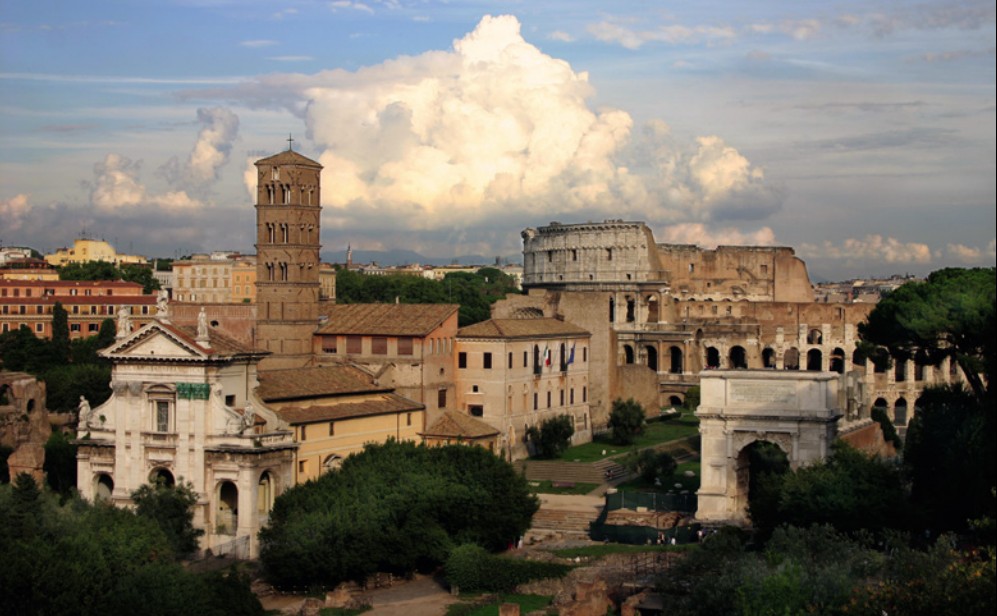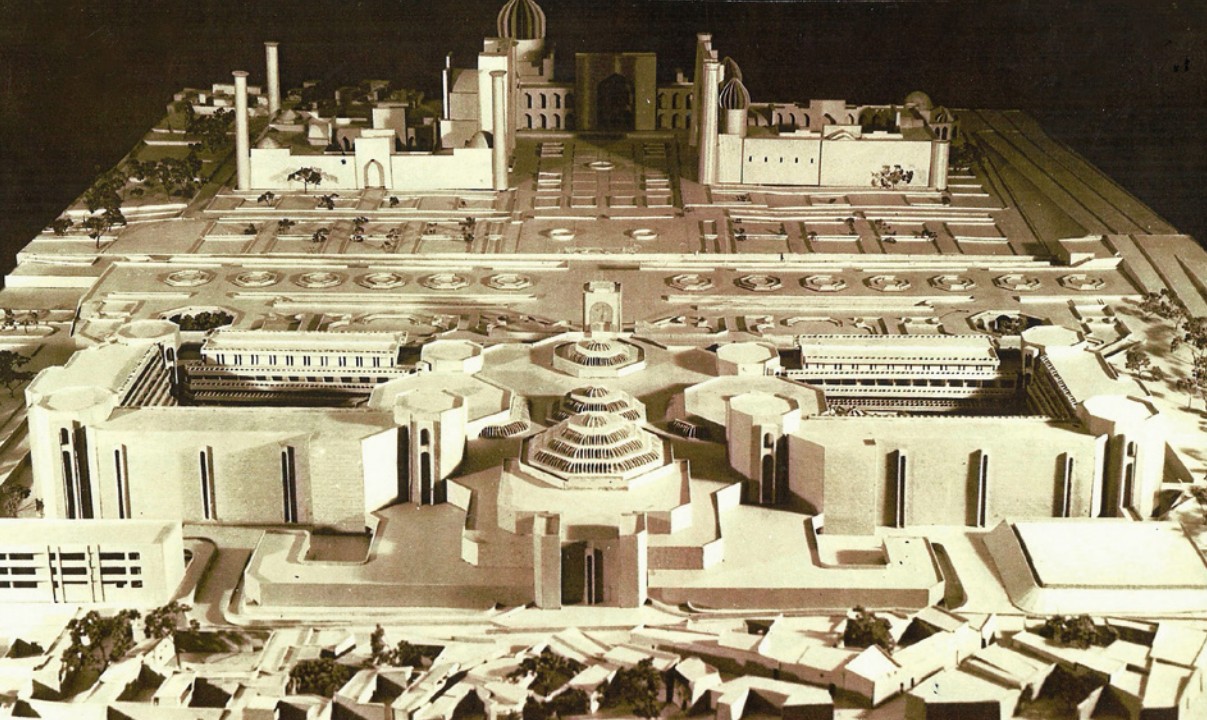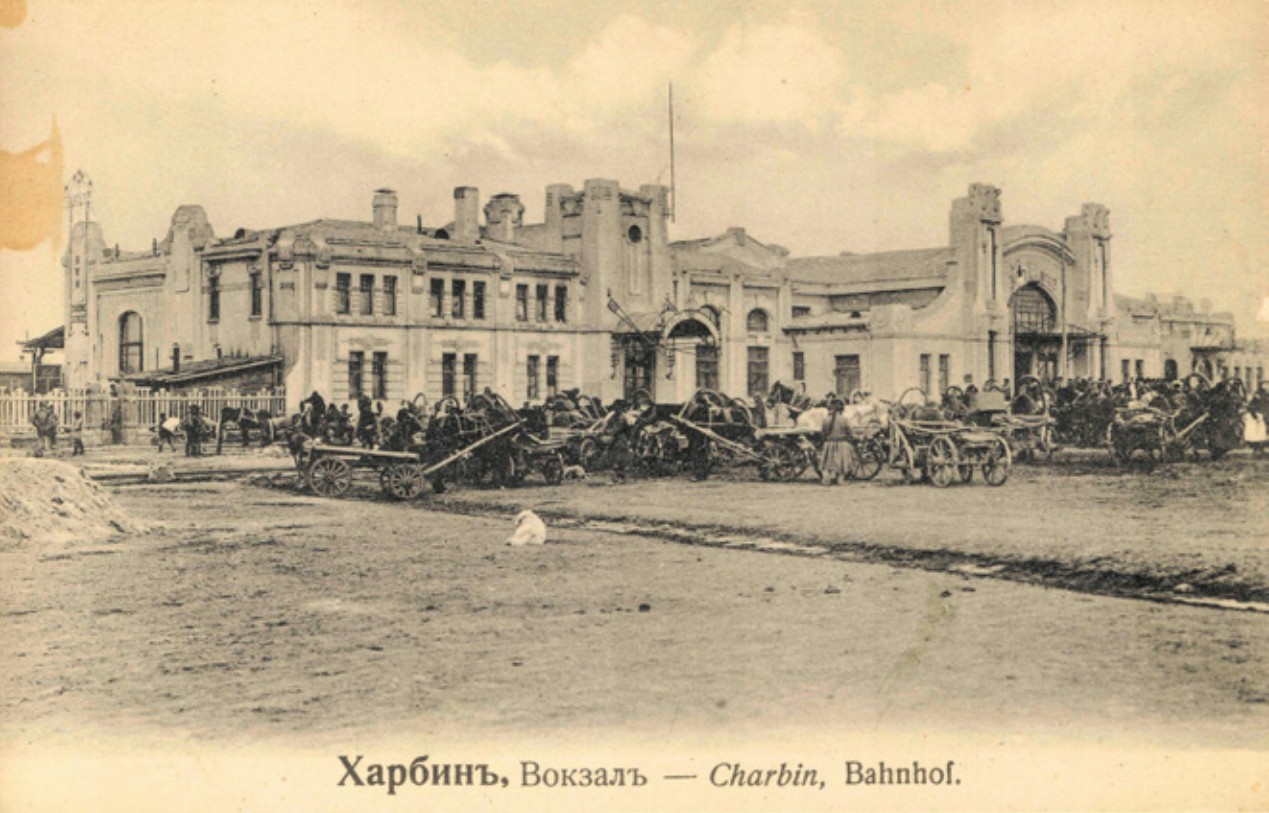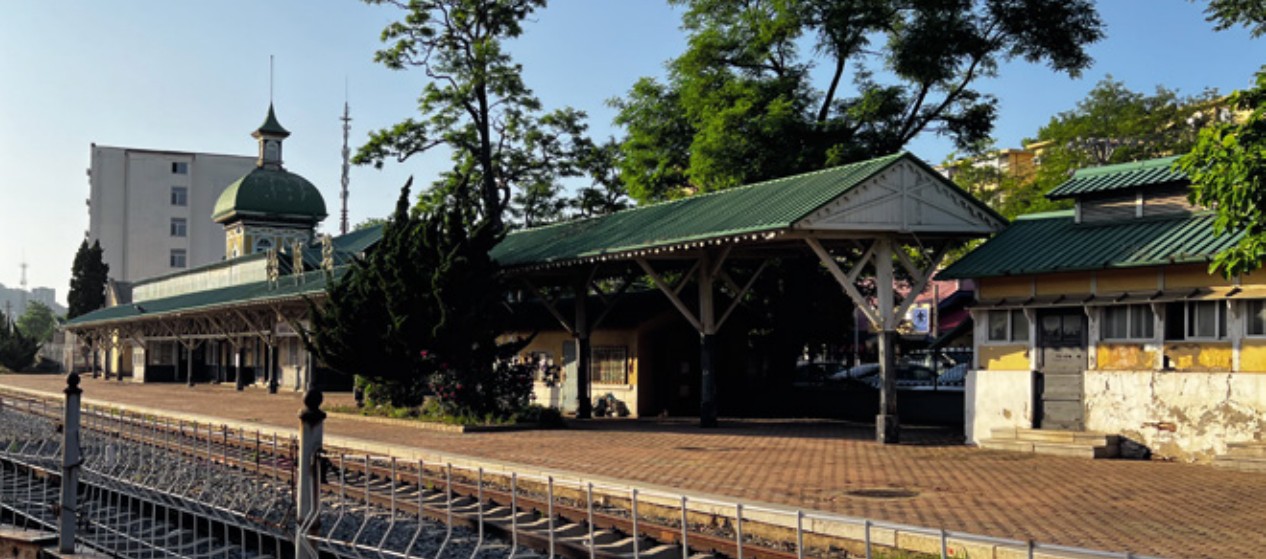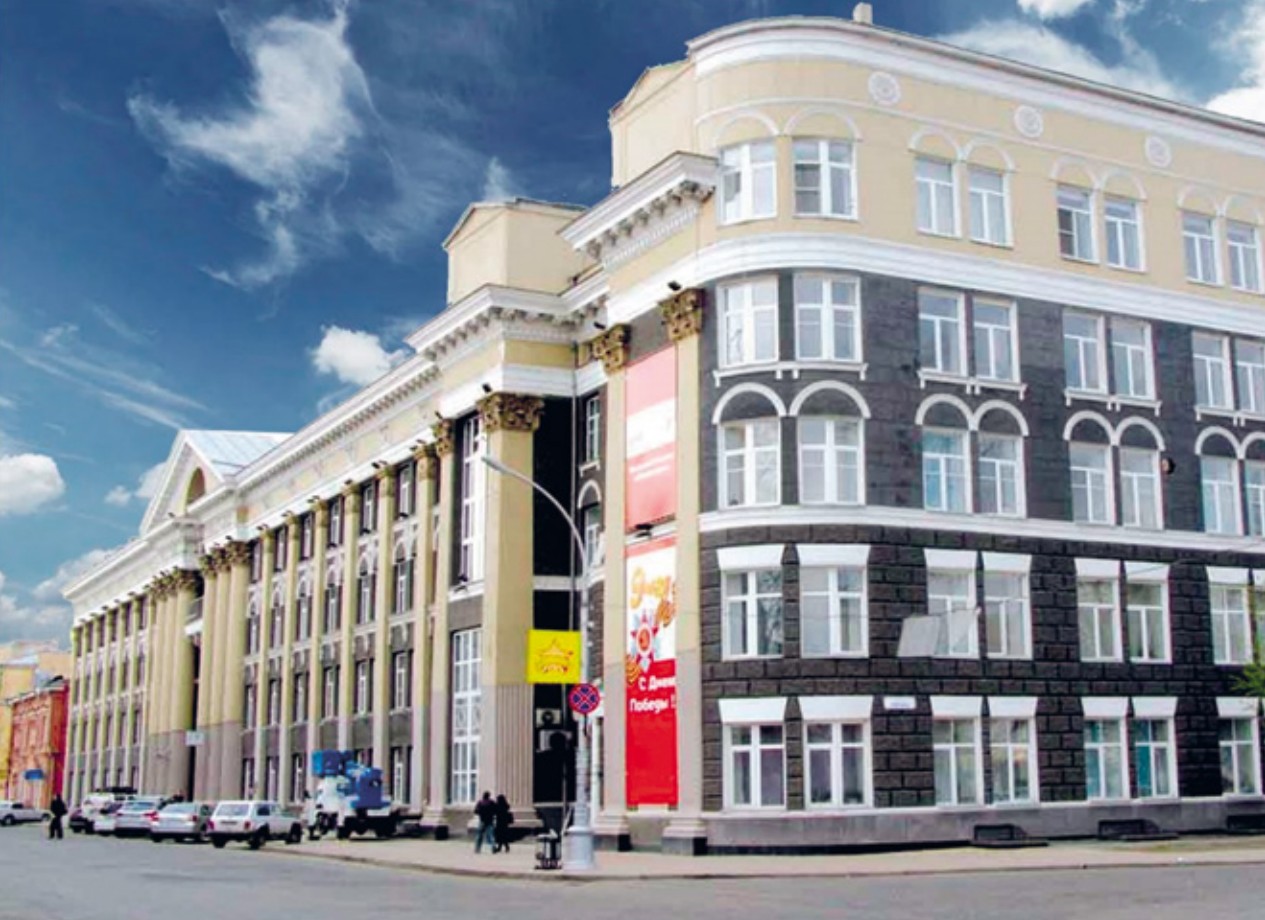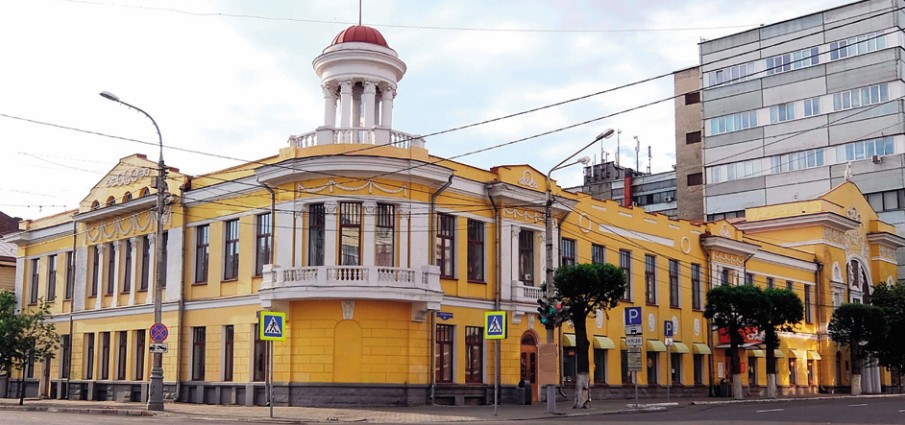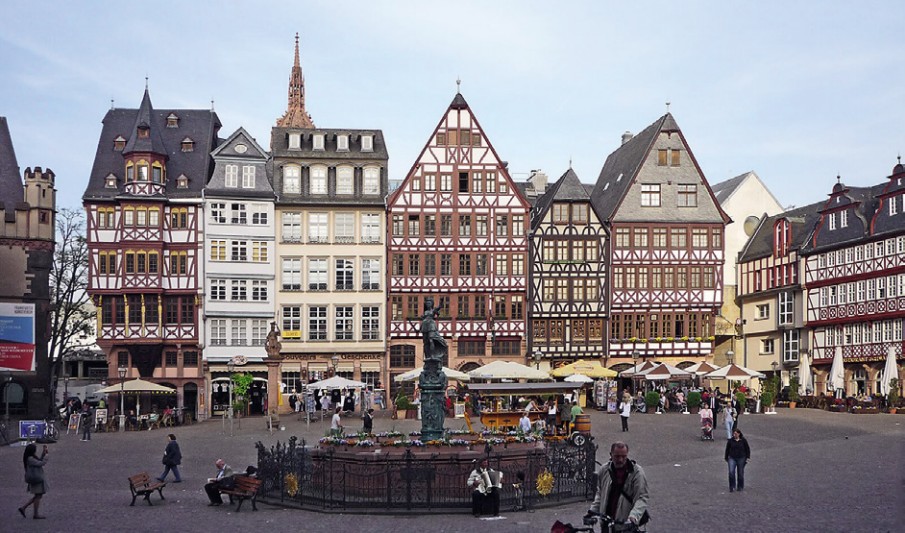editorial
-
All have changed appearance. Men say a certain thing is born, if it takes a different form from what it had; and yet they say, that certain thing has died,
if it no longer keeps the self same shape.
Though distant things move near, and near things far, always the sum of all things is unchanged.Publius Ovidius Naso. Metamorphoses. Book 15, lines 257-263 (Arthur Golding, Trans.)
Nothing disappears in the world, but only transforms from one form into another, exactly the same.
Mikhail Zhvanetsky
Changes in today’s world are happening with kaleidoscopic...
community
-
The news section presents the second cycle of UIA 2030 Award, and the winners of the year 2023 of the International Design Awards and The Architecture MasterPrize.
-
The article contains brief information and a general analysis of the results of the Open All-Russian competition for the development of the best project of the Church of St. Sergius of Radonezh for the Irkutsk campus, the results of which were summed up on November 22, 2023. The article presents a comparative analysis of the winning project elaborated by the creative group of Moscow architects led by Andrey Anisimov and two other projects that reached the final of the competition. The competition reflected the main focus of the creative concepts of modern architects designing Orthodox...
-
In 2023, prizes of the Irkutsk region were awarded to members of the Union of Architects of Russia. Sergey Demkov was awarded in the nomination “Works of Architecture, Urban Planning and Landscape Art” of the Irkutsk Region Governor’s Prize to creative workers for achievements in the field of culture and art. Vladimir Stegailo was awarded the prize in the field of architecture and landscape art named after Vladimir Pavlov, an outstanding figure of culture and art of the Irkutsk region. The article describes the merits of the laureates and reveals information about the architect V. A....
-
The award was established in honour of the famous Soviet and Russian architectural historian and architect, Doctor of Historical Sciences and Doctor of Architecture, Professor, Honoured Architect of Russia, Irkutsk resident, who loved and defended his hometown, Mark Grigorievich Meerovich (1956-2018). The award was presented in Irkutsk for the third time. The article describes the history and content of the award, as well as reveals the expanded format of the award ceremony. The nominees of the year 2023, N. Krasnaya (Master nomination) and Ya. Lisitsina (Expert nomination), are...
-
Regional projects “Open Air Museum” and “Area of Achievements” are youth projects in the Irkutsk region focused on painting facades of residential buildings with large-scale images.
refereed articles
-
The development of architecture of modernism and postmodernism is considered on the example of brutalism style as an oscillating process between the aspiration to severe truthfulness and the predominance of decorativeness. Metamorphoses of Brutalism style depending on the place and time of realisation are considered. It is shown that in all variations the Brutalism style retains its reliance on the archetype of the Hero, which opposes the archetype of the Trickster, a reference for postmodernism. The requirement of severe truthfulness enters as one of the basic attributes of the Hero...
-
Development and degradation in architecture are relative concepts. In our time, development criteria turn out to be subordinate to the desires of certain sociocultural groups: national, religious, property, etc. In such a situation, it is almost impossible to rely on any theory or methods of development and degradation that overcome the historical difference in understanding and approaches.
The traditional foundations of architecture, which had developed over thousands of years, were destroyed at the beginning of the
twentieth century. The history of forms became the theory of... -
“Transformations” as the essence of Ovidian metamorphoses are one of the forms of life, the purpose and potentiality of the world’s development. Ambivalence often serves as a kind of stimulus for the emergence of metamorphoses or their basis. The ambivalent potential of the world provokes the expansion of transformations/metamorphoses. “Transformations” represent current trends in architecture and design, including transformations of objects and environments; the emergence of peculiar “architectural centaurs” and hybrid environments; imitations and mimicking facades/environments.
-
The article analyses the influence of artificial intelligence technologies on the sphere of design and artistic culture in general, as well as on creative processes in design, architecture and visual arts. The factor of artificial intelligence is considered not so much in the applied and instrumental sense, but as a global driver of cultural and technological revolution, which can change the entire civilisational pattern of mankind in the foreseeable future. Under these conditions, the creative sphere becomes the “polygon of meanings” where strategic scenarios of human interaction with...
-
The treasures of world architecture, reflecting theories and concepts, principles and techniques of design, are an inexhaustible base for the growth and development of young architects, searching for ideas to create the image and form of an object. Artificial intelligence, in addition to developing floor plans, structural layouts, patterns for environmental and organisational decisions, etc., can effectively generate conceptual and prototypical images using the diffusion method. Artificial intelligence can significantly reduce the time of the creative process by offering a wide range of...
-
The development of a machine-information civilisation deconstructs metaphysics and changes mentality. The requirement of nonlinearity of thinking in urban planning is one of the most important aspects of its genesis. The continuum of consciousness and life arrangement cannot be reduced to chronological or logical onedimensionality and unilinearity. Within the framework of the new scientific direction of cybernotopics, which studies the mechanisms of regional identity, this approach implies the development of the contours of metabola image creation as an expressive artistic means of...
-
In Irkutsk, toponymy has been a purely theoretical science for a long time – names have been rarely given to new streets. However, street names reflect the history of the city, the memory of the people who inhabited it, the sights and ideological preferences. When we give names to the streets, we form a legacy for our descendants. Toponyms should be considered as a historical monument that records all the features of the city’s life, from the relief to occupations of residents, from important objects to memorable events. “Toponymic restoration” is not an attempt at “white revenge”. This...
-
Since the late XX century the role and the functions of museums around the world have begun to change significantly, and their usual classical understanding has expanded. In line with worldwide trends, there was a search for museums to meet new modern requirements of Japan. Japanese experiments in this field bring the architecture of the museum to the foreground, absolutizing its significance and value. The result was the emergence of a new kind of museums in Japan – museums without collections, where the main and only exhibit is the architecture.
-
The article deals with the territory of the industrial architectural heritage of the Krasnoyarsk Electric Railway-Car Repair Plant (EVRZ) as a place of creation of a district of modern residential development with active city life. In this case, multi-stage tasks of building and development of the territory are solved, including modern infrastructure, which will become a point of attraction for citizens of different age. The purpose of the work described in the article is to create a development strategy for the territory of the EVRZ (44.85 hectares) and further spread the experience of...
-
The preservation of historical heritage has the potential to act as a means of regenerative design in line with the concept of sustainable architecture. The idea of revitalising monuments is a tool to preserve and restore large green spaces and biodiversity. It is possible to create a multiplicative effect between historical and requested values of the contemporary environment: revival of dervish hotels – “hanakas” for digital nomads, wine taverns for tourists, craft workshops, gardens, art etc. to preserve crafts and natural environment, while participating in climate change...
editorial
-
The lifespan of architectural objects varies in the widest range – from a few days to millennia. Most often a built object begins to change, to transform even before the construction is finished, and continues to do so every day of its existence. The elements and the passage of time change its appearance, but people bring even greater changes, painting the walls of buildings with graffiti and creating installations. Street art is a spontaneous art, but it significantly changes the meaning and image of urban spaces.
refereed articles
-
The phenomenon of modern graffiti is difficult to theorise due to its complex and comprehensive nature. The article proposes to consider graffiti as a synthetic phenomenon that combines the artistic tasks of transmitting emotional states with the tasks of expressing social ideas (including protest and even revolutionary ones), as well as the tasks of communicating between different cultures – both cultures of different epochs and local cultures and subcultures of city dwellers. This approach is shown through the historical example of Mexican muralism. Based on the proposed approach,...
-
The flourishing of graffiti culture in modern cities is a multidimensional phenomenon with a complex socio-cultural, artistic and historical genesis. This article attempts to contrast an analysis of the graffiti phenomenon as an organic element of the urban environment with a point of view of mere art history, and to examine the visual narrative of graffiti through the prism of urban poetics in the context of urban everyday life and social communication practices.
-
The development of installation in the 21st century is reflected in the works of designers, artists, architects and is based on the use of new materials and technologies that create an environmentally friendly, functional, comfortable and safe environment. It has been proven that the installation created in the 21st century by artists in the urban and natural environment reflects creative thinking and meets the above requirements on the basis of principles of using new building materials and the latest technologies.
editorial
-
Every major style goes through a series of metamorphoses after its inception. Styles echo each other, learn from each other, argue and penetrate each other. The selection of materials in this section contains the results of historical observations and research, showing these processes on specific examples. How was the great style of classicism reflected in the works of its fiery overthrowers? How was the Enlightenment style transformed on the Far Eastern land? How did Russian architects influence the new architecture of China? How is the cultural heritage of Soviet and German cities...
refereed articles
-
Directions (styles) in culture have different reserves of strength and different inertia. Among them there is a unique one capable of revival. It is classicism, which is characterized by a timeless understanding of the laws of harmony and beauty based on the forms and images of ancient art of Greece and Rome. Classicist thinking and classicism did not leave European culture in the 20th and 21st centuries, but its forms changed. The grafting of art nouveau, avant-garde and postmodernism into classical art and architecture did not pass without a trace. Antagonists shook the established...
-
The article examines changes in the architects’ and society’s understanding of the role of heritage in the Soviet city and its importance for the formation of the urban environment. It is known that the architecture of the Soviet period went through several turns in its development, determined by the change of State policy in this area. It seemed that urban planning concepts were also changing dramatically. However, with external differences, the deep layers of professional thinking of architects and urban planners changed little; the same problems of urban development and the...
-
The article deals with the architecture of the first railway station in Harbin built in the early XX century – the layout of the building, facade and interior solutions, urban design of the station. In order to identify the author of the project, the drawings of different variants made by the Technical Department of the Chinese Eastern Railway Company are analyzed.
-
The article reflects the results of the research conducted by the authors within the framework of the scientific project “Architectural image of the Motherland: Budapest, St. Petersburg, Harbin. European and national (local) aspects in Russian and Hungarian architecture – a comparative study of the turn of the 19th – early 20th centuries”. Based on archival data and materials from the authors’ field surveys, a systematic picture of the formation of the Russian cultural landscape of Port Arthur and Harbin is presented.
-
The architecture of the Enlightenment is considered as a derivative of the architecture of the Far Eastern frontier, which consists of garrison and railway buildings. The article analyzes the projects of Far Eastern schools and colleges first identified in archival funds. To explain the phenomenon of “Russian style” schools, the author puts forward a version of the existence of a corporate “railroad Russian style” uniting a number of buildings from 1900 to 1926. Repeated elements speak of a plan, which was realized during a quarter of a century. The railway schools of the CER can be...
-
The article traces the change in the style approach during the Stalin era, taking as an example the building of the East Siberian Railway Administration (7 Karl Marx St., Irkutsk). The author considers the stages of construction and reconstruction of this object, from the initial project in the style of constructivism by K. V. Mital to the project by D. M. Goldstein in the style of Soviet neoclassicism.
-
A significant part of the 1970s housing stock of large cities of the Russian Federation is in need of renovation. However, there is no renovation programme for the 9-storey panel housing stock, unlike the 5-storey housing stock, which is now being developed in Moscow. It is proposed to solve the problem of modernisation of facades of typical residential buildings without resettlement of tenants by minimal architectural means, which can contribute to the formation of a favourable modern urban environment in these old quarters. Possible solutions are offered on the basis of modern and...
-
The article introduces readers to the life and creative biography of the outstanding Siberian architect Vladimir Aleksandrovich Sokolovsky on the threshold of his 150th anniversary. The authors describe surviving buildings of the architect in Krasnoyarsk and show the influence of his architecture on the formation of Siberian modern and eclecticism. The article features the role of the architect in the formation and development of the architectural environment of Krasnoyarsk in the first half of the 20th century. It describes the history of two buildings of wooden and stone architecture...
-
The article presents an analysis of the works on reconstruction and recreation of the historical environment in Dresden and Frankfurt am Main during three decades. The peculiarity of the accomplished works is the attention to the lost urban environment, which was recreated on the basis of available archival and visual sources and on the surviving project documentation. Both examples are a clear illustration of the principles that should guide the reconstruction and return of the lost artistic quality to cities. These examples are important for our country, which lost a significant part...

